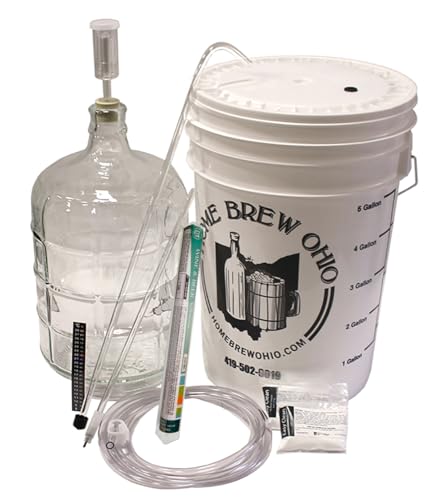Last week (3/27) I started a zucchini wine from the cut/frozen zucchini my daughter (who lives in a great growing climate) gifted me for the purpose. 6 lbs zucchini in a bag, along with 1 inch of ginger root, 1 tsp Fermax, 3/4 tsp energizer and 1/2 Pectic enzyme were added. Sugar and water to bring it to a gallon plus and an OG of 1.090 in a 2 gallon bucket. I treated with K Campden overnight, and kept it in the relatively warm upstairs living area as I have other wines. The following day I pitched Red Star Premium Blanc (a champagne yeast was recommended in the recipes I noted). I got foaming and what I have come to expect in the first 12 hours and overnight. At 24 hours SG was 1.070. Tasted like pleasant sugar water. Stirred a couple times a day.
At 48 hours from pitching the yeast, all activity had stopped. SG stayed at 1.070. On 3/30, no movement so I checked pH which was 4.7. I added acid blend to bring the pH to 3.8 and on 3/31 added more to bring the pH to 3.5. Later that day I repitched with Lalvin EC1118 and pulled out the net bag with the zucchini, squeezing as usual. No movement. If there was yeast it was on the bottom. This went on until yesterday, when I pitched again with prehydrated overnight (fed with sugar) EC1118 and placed the bucket in the sun where it would get a little warmer. I also put in another teaspoon of nutrient. This time it quickly grew a 1/2 inch thick yeast cap. Smells like yeast! Good, I say! But still only slight bubbling yesterday (you had to look close to see).
This morning we have a thick yeast cap, no bubbling, and an SG of 1.070. Smells like yeast and at no point were there any bad smells.
I'm new at this and so far this is the first time I have had wine completely stuck for this long. I have done other wines (Mt. Ash, huckleberry, apricot, rhubarb, cherry, along with some perry from juice) and not had this happen. The PerryCherry and Cherry "ciders" I started the same day as the zucchini wine were nearly finished in 48 hours.
I'd love suggestions!
At 48 hours from pitching the yeast, all activity had stopped. SG stayed at 1.070. On 3/30, no movement so I checked pH which was 4.7. I added acid blend to bring the pH to 3.8 and on 3/31 added more to bring the pH to 3.5. Later that day I repitched with Lalvin EC1118 and pulled out the net bag with the zucchini, squeezing as usual. No movement. If there was yeast it was on the bottom. This went on until yesterday, when I pitched again with prehydrated overnight (fed with sugar) EC1118 and placed the bucket in the sun where it would get a little warmer. I also put in another teaspoon of nutrient. This time it quickly grew a 1/2 inch thick yeast cap. Smells like yeast! Good, I say! But still only slight bubbling yesterday (you had to look close to see).
This morning we have a thick yeast cap, no bubbling, and an SG of 1.070. Smells like yeast and at no point were there any bad smells.
I'm new at this and so far this is the first time I have had wine completely stuck for this long. I have done other wines (Mt. Ash, huckleberry, apricot, rhubarb, cherry, along with some perry from juice) and not had this happen. The PerryCherry and Cherry "ciders" I started the same day as the zucchini wine were nearly finished in 48 hours.
I'd love suggestions!























































